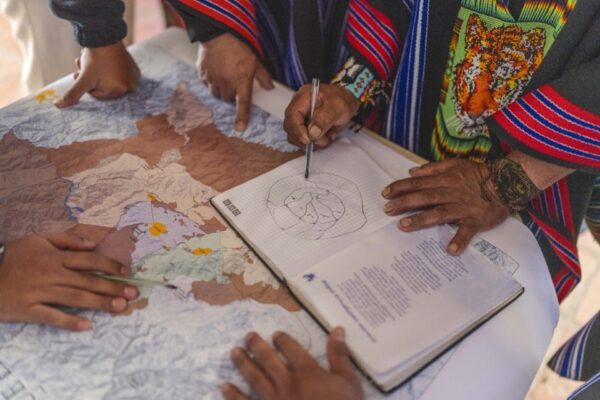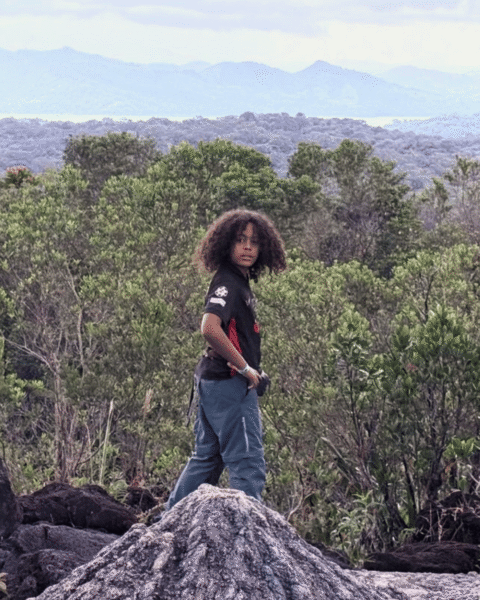Manuel Sanchez, a field coordinator with the Amazon Conservation Team, remembers the first time he saw a sea turtle growing up on Costa Rica’s Osa Peninsula. He had been fishing one night with his father, and they were walking back along Playa Piro (Piro Beach) on the Pacific Coast.
“It was around eight at night and my dad said to me, ‘Look at this turtle. Look what’s here.’” His father had spotted an olive ridley turtle nesting in the sand.
When Manuel was a child, collecting sea turtle eggs was legal in Costa Rica, and marine conservation wasn’t something people discussed. But Manuel had always been curious about what the animal looked like who had left tracks in the sand leading to the eggs that were sometimes part of his family’s diet. “It kind of shocked me at the moment—seeing the animal, all the effort it was making.”
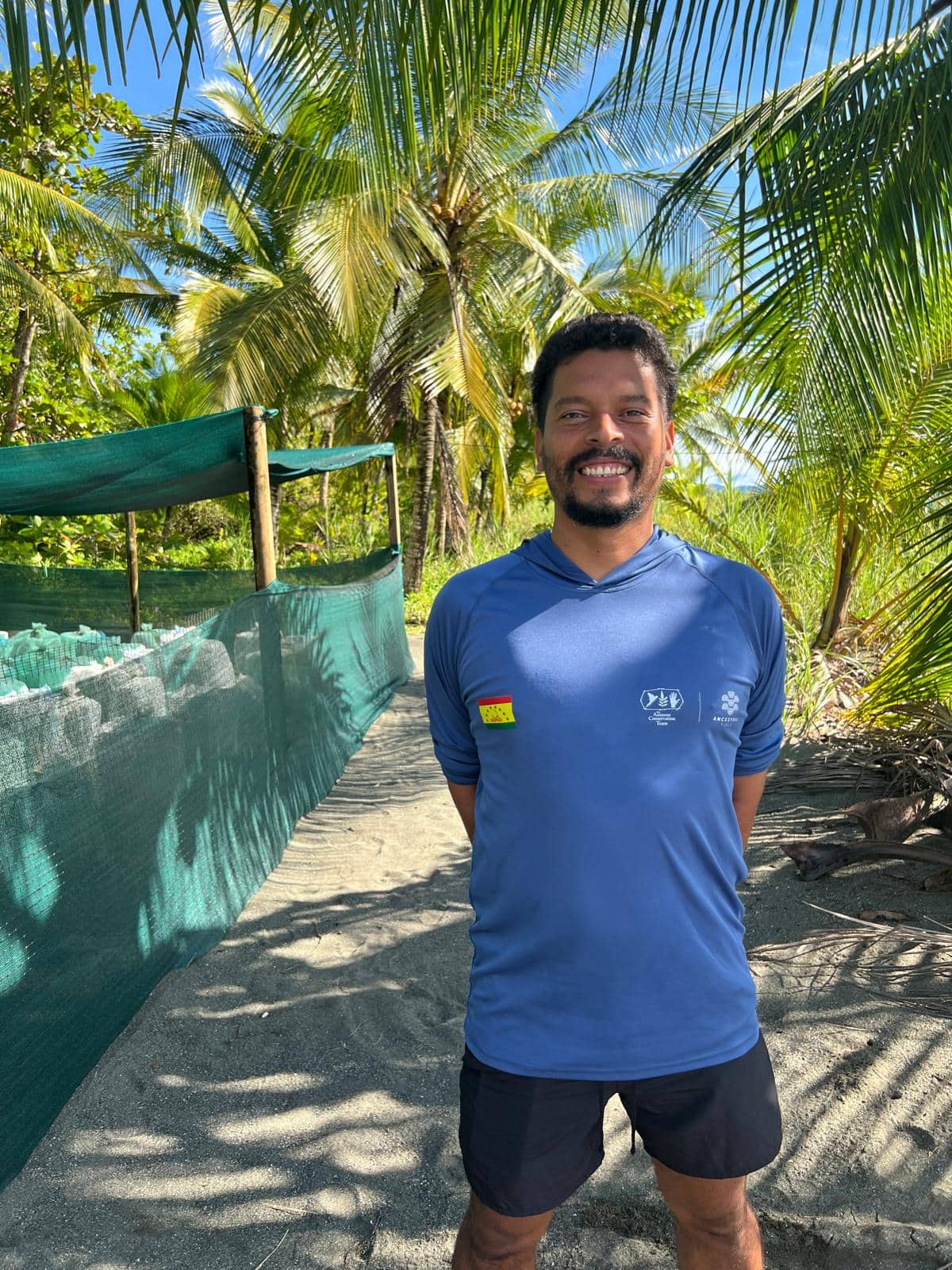
The experience after that fishing trip sparked a deep curiosity and appreciation for these ancient creatures. Today, he helps protect sea turtles and coastal ecosystems through the Amazon Conservation Team’s Ancestral Tides program, a marine conservation initiative that partners with local and Indigenous communities across Mexico, Colombia, Panama, and Costa Rica.
Since 2019, Ancestral Tides has protected nearly 1,600 sea turtle nests and guided more than 150,000 hatchlings safely to the ocean—making it one of the most effective sea turtle conservation efforts in the Eastern Pacific. And Manuel’s work establishing and watching over the hatchery, and coordinating beach patrols with locals, is a big reason for that success. His colleagues have dubbed him “the turtle whisperer,” a tribute to the thousands of sea turtle eggs he’s helped to save since he and his father spotted that first olive ridley turtle more than 15 years ago.
A critical nesting site
It turns out that the beaches near where Manuel spent his childhood, and still lives, are incredibly important sea turtle habitats. The Osa Peninsula is a critical nesting spot for olive ridley, leatherback, hawksbill and green turtles. Olive ridley and leatherback turtles are considered vulnerable species by the International Union for Conservation of Nature and Natural Resources (IUCN), and the hawksbill is considered critically endangered.
“Turtles have been a part of my life—they make me feel like I’m truly helping a species that really needs our help,” said Manuel. “Because turtles are very sensitive to so many changes. And sadly, humans have done a lot of harm to them.”
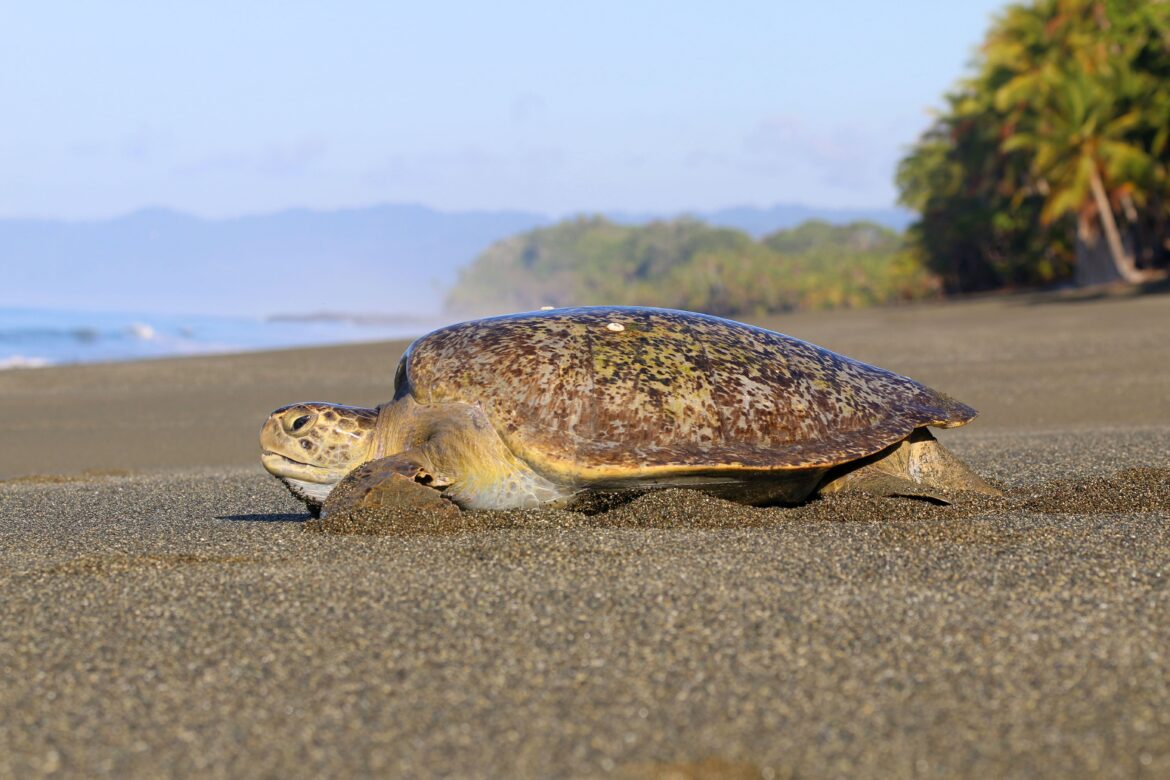
Hawksbills are especially vulnerable to human changes because they nest in small numbers on remote beaches, like those found in Osa, which are becoming increasingly rare around the globe due to development and habitat degradation.
A recent report from Global Tipping Points found that coral reefs, sometimes referred to as “rainforests of the sea,” are already experiencing unprecedented dieback. The years 2023-2025 were the worst on record for coral bleaching.
“The frontline is really here, on the coast, with the people who have lived here all their lives and want to continue living here,” said Max Villalobos, the regional director for Ancestral Tides. “That is our difference and our mission – working with these communities to create different scenarios where everyone can thrive and where we can protect these unique ecosystems.”
A biodiversity hotspot with global connections
The sea turtles of Osa are just one piece of a big, interconnected ecosystem. In the calm blue waters of the Osa Peninsula’s Golfo Dulce, you’ll also find humpback whales from July to November. Nestled between the rainforest cliffs, the whales mate, give birth and nurture their calves in this uniquely deep tropical fjord.
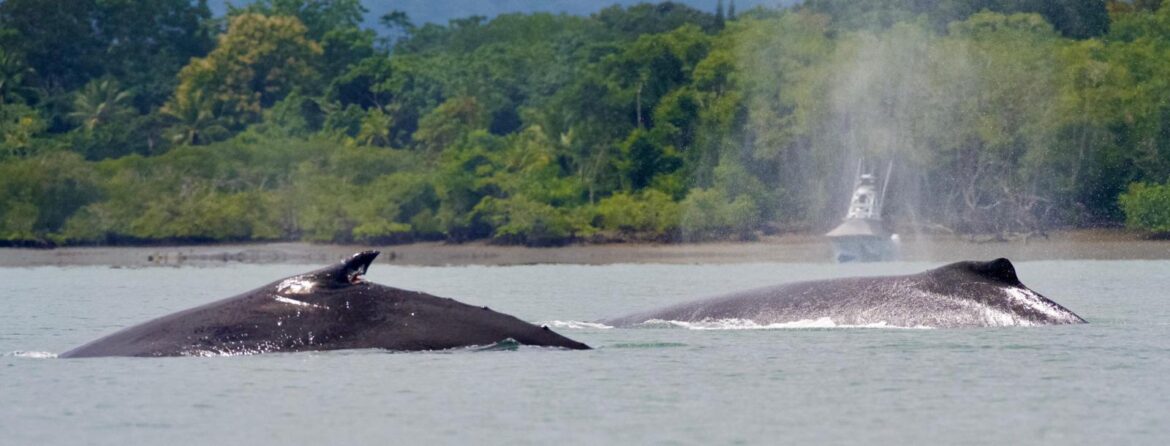
The land of Osa vibrates with life as well – you’ll see (and hear) howler monkeys, colorful macaws flying through the green canopy with blue waters as the backdrop, and countless other species. In fact, while this corner of Costa Rica makes up only 0.001 percent of Earth’s surface, it’s home to about 2.5 percent of all Earth’s biodiversity. And Manuel is an expert at spotting it all.
Walking along the beach, or a path in the forest, he travels with binoculars. He’ll point out a tree boa coiled in the branches, or a sloth high up in the canopy that you might otherwise miss.
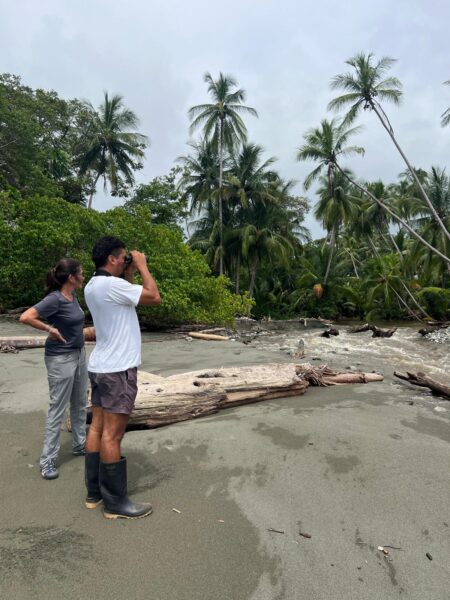
“When I was a kid, I spent so much time in the forest,” Manuel said. “I was always looking for animals, watching all the colors, all the movements, seeing how the animals behaved. That’s what it is to me—it’s home,” Manuel said of Osa.
The passion that Manuel has for protecting the biodiversity in his home is something that he also takes to other communities. The Ancestral Tides program has partnered with 18 Indigenous groups from Mexico to Colombia. These partnerships are an exchange of scientific knowledge – like data collection and monitoring – as well as Indigenous knowledge about sea turtles and marine life.
“Everything we do here is community-based, which makes a huge difference because it is not just science and conservation—it is livelihoods, governance, and real community participation,” said Max. He emphasizes that ecosystems, especially marine ones, cross international borders and require regional cooperation from local communities, with Ancestral Tides helping to connect them. “In the marine context, this is very important – the ecological and cultural integrity that exists between where we are in Costa Rica all the way south to the Amazon.”
Don’t miss these powerful stories and updates. Sign up for our newsletter today!
Share this post
Bring awareness to our projects and mission by sharing this post with your friends.


